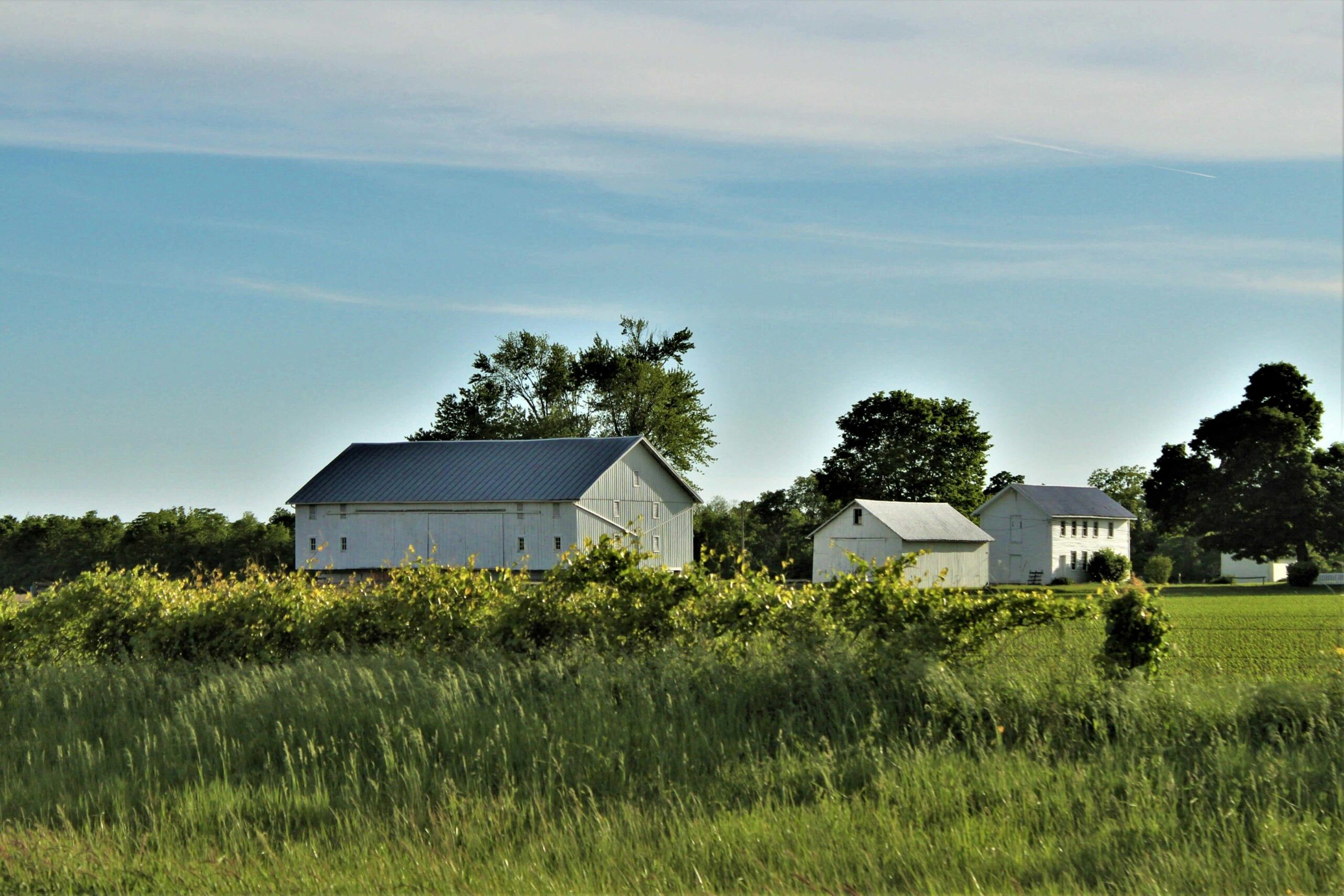The popularity of Community-Supported Agriculture (CSA) has been on a downward trend for over 20 years. As such, the continuous decline of CSAs raises the question of whether their traditional business model can compete with other local food sources. Since the first CSA program was introduced in 1986, CSAs have not changed their core model; farmers and consumers maintain a direct relationship, ensuring financial support for the farmers while providing members with locally grown food. Typically, CSA members pay a seasonal up-front fee ranging from $400 to $800 in exchange for predesignated boxes of raw ingredients, which can be picked up or delivered. Though many CSAs have partially modified their model with up-front pricing policies and CSA box options, their core model has yet to change since its inception. Meanwhile, CSAs became the least favorable option for local food customers (Seo & Hudson, 2023). Many larger retailers provide local food with greater accessibility, diverse selections, and entertainment options like live music. Similarly, farmers’ markets offer fresh local food with a strong emphasis on community engagement & support, and various entertainment, which CSAs typically lack. Thus, the continuous diminishing of CSAs suggests that they need to reconsider their outdated business model to remain competitive and sustainable among other local food sources.
However, the local food model in South Korea sheds some light on how CSA farmers could better position themselves among local food sources. In Korea, numerous small local food shops run by small cooperatives effectively bridge the gap between micro farmers and customers in rural communities. The common thread among these local food shops is their utilization of the Wanju Local Food Cooperative‘s local food model. This model won awards at the Milan Urban Food Policy Pact (MUFP) in Governance for “Local Food No. 1 Project” in 2018 and in Social and Economic Equity for “Equal Healthy Food for All: Wanju Type Food Plan” in 2022. It was also praised by the Food and Agriculture Organization (FAO) as a successful regional food localization strategy (FAO, 2017). As such, the Wanju Local Food Cooperative is an excellent example of how CSAs can revive themselves and become popular once again.
When the Wanju Local Food Cooperative initially started, they used the traditional American CSA box delivery model. Though they still offer CSA boxes to customers, their success began with their first offline local food shop in 2012, right around the same time that the number of CSAs in the United States started to decrease. To launch their first offline shop, the cooperative created contracts with 1,011 local farmers and developed detailed crop production plans to offer customers a small but diverse selection of produce. Since then, the shop has functioned as an open market for micro farmers who have completed training courses and submitted production plans to sell their produce freely. To ensure the highest quality products, the Wanju Local Food Cooperative maintains a strict list of policies, including:
• Fresh produce must have been harvested the same morning that it is brought to the market for sale
• Farmers independently pack, display, and price their own produce
• Unsold produce is either discarded or returned to the original farmer
• Farmers pay a 10% commission fee to the cooperative
Furthermore, the cooperative managing the local food shop extends its services to restaurants within the shop, provides online shopping options, offers food processing facilities to farmers, and even enhances community engagement through agrotourism initiatives such as farm tours and cultural events. As a result, it is common to see residents and tourists flock to the shop early in the morning to buy the freshest locally grown produce and enjoy the restaurants serving local food. This successful local food model spread nationally and became a popular community support model throughout Korea. Because the local food shops offer a variety of the freshest produce, good accessibility in residential areas, competitive prices from competition between farmers, entertainment events, and no exclusive membership or up-front fee policy, these local food shops have established their unique place among local supermarkets and farmers’ markets.
The success of the Wanju Local Food Cooperative underscores two pivotal elements for an effective local food model: minimizing market entry barriers for small farmers and offering a diverse range of produce to customers under one roof. Many small farmers struggle to access markets due to quantity constraints, which deter both existing farmers and potential newcomers. The Wanju Local Food Cooperative has overcome this challenge through its open-market approach.Additionally, while local food consumers do seek shopping experiences that support local farmers and foster community engagement, their primary desire is a convenient location to purchase their weekly groceries. In contrast, the traditional CSA model often receives criticism for its limited selection. However, the Wanju Local Food Cooperative addressed this by coordinating farmers’ production plans to offer a broader array of produce, prioritizing variety over quantity to fulfill the objective of convenient grocery shopping. Therefore, if CSAs in the United States seek to remain competitive with other local food sources and genuinely support community farmers to be more than just a produce box delivery service, they should reconsider their traditional approach to running their organizations.
References
Food and Agriculture Organization of the United Nations. (2017). Wanju: Supporting Local Agriculture
through Direct Food Marketing, Milan Urban Food Policy Pact Category: Governance, Food and Agriculture Organization of the United Nations (FAO). https://openknowledge.fao.org/handle/20.500.14283/ca0491en
Seo, F., & Hudson, D. (2023). Attributes that Influence Consumers’ Preferences for
Choosing Locally Grown Food Sources During and After the COVID-19 Pandemic. Journal of Agricultural and Applied Economics. 2023;55(4):626-650. doi:10.1017/aae.2023.27
Seo, Frank. “Is the Current CSA Model Sustainable? A Lesson from Korea.” Southern Ag Today 4(27.5). July 5, 2024. Permalink














